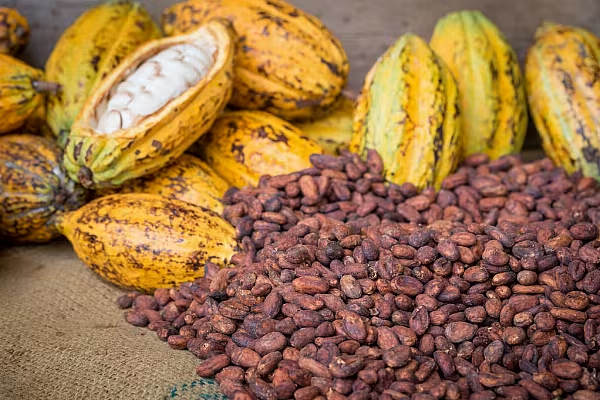Farmers in Ivory Coast's cocoa-growing regions are hoping for rains as they brace for rising temperatures and dusty winds blowing in from the desert.
Ivory Coast, the world's top cocoa producer, has entered the dry season, which runs from November to March when rain is scarce or light.
Farmers said soil moisture content was still high after weeks of abundant rain, but plantations would need good rainfall in December.
"If we have one good rain every other week, good harvests could last until February," Koffi Kouame, who farms near Soubre, the at the heart of the cocoa belt in western Ivory Coast, said on Monday.
Good Rainfall
Farmers at other plantations said they would need one good rainfall per week this month to help trees endure the dry season and the dry Harmattan wind.
Harmattan winds sweep in sand from the Sahara, which can ravage cocoa pods and sap soil moisture, leading to smaller beans.
In the centre-western region of Daloa, which produces a quarter of Ivory Coast's national output, farmers complained of high temperatures and called for more rains to weather the winds.
"If the Harmattan is strong, many cherelles will fall and we will have fewer beans after January," said Joel Kanga, who farms near Daloa.
Below-Average Rainfall
Data showed rainfall in Daloa, which includes the region of Bouafle, was 3.5 millimetres (mm) last week, 1.4 mm below the five-year average.
Similar concerns were raised in the central regions of Bongouanou and Yamoussoukro, as well as in the southern region of Divo, where rainfall was below average last week.
In Soubre in the west, which includes the regions of San Pedro and Sassandra, data collected by Reuters showed rainfall last week was 3.5 mm, 9.4 mm below the five-year average. Average temperatures ranged from 26.6 to 28.9 Celsius.
News by Reuters, edited by ESM. Click subscribe to sign up to ESM: European Supermarket Magazine.











